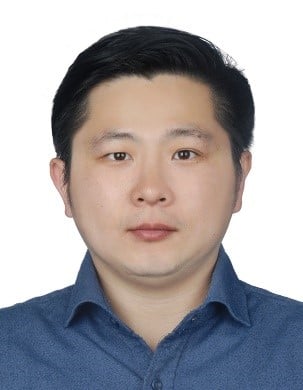Advances in Polymeric Additive Manufacturing
A special issue of Polymers (ISSN 2073-4360). This special issue belongs to the section "Polymer Physics and Theory".
Deadline for manuscript submissions: 31 May 2024 | Viewed by 12356
Special Issue Editors
Interests: multimaterial forming; thermoplastic polymers; metal forging and forming; machine learning; additive manufacturing; biomedical devices; unfilled thermoset polymers
Interests: fiber reinforced composites; marine biomaterial; multiscale simulation; structural mechanics
Special Issues, Collections and Topics in MDPI journals
Special Issue Information
Dear Colleagues,
Polymeric additive manufacturing (AM) has become a research topic in which an ever-growing number of scientists and researchers are investing a considerable amount of time and effort aiming to improve and advance both basic knowledge and application capabilities. Thanks to the high degree of freedom granted by processes such as SLA, in terms of designable geometry and employable materials, its applications are vast and interdisciplinary.
However, polymeric materials are intrinsically influenced by the processing environment and the curing conditions, a fact which results in variabilities of the mechanical response and fracture behavior. Understanding the influence between process conditions and the mechanical response of the designed component is essential to bring polymeric AM to the next step in its technological evolution, for a wide and reliable technology transfer to industry.
Hence, this Special Issue aims to enhance our understanding of the influences among materials, processes, and part design for additively manufactured components, especially in terms of their influence on final mechanical performances, such as elastic properties, strength, failure, and fatigue behavior. Contributions dealing with polymers, short fiber-reinforced polymers, long fiber-reinforced polymers, metal composite multi-materials, and biomedical materials-based additive manufacturing are welcome. Both experimental and numerical contributions are invited. Case studies on additive manufacturing applications are also welcome if a clear scientific connection among design, process, and product is established.
Prof. Dr. Luca Quagliato
Prof. Dr. Kai Jin
Guest Editors
Manuscript Submission Information
Manuscripts should be submitted online at www.mdpi.com by registering and logging in to this website. Once you are registered, click here to go to the submission form. Manuscripts can be submitted until the deadline. All submissions that pass pre-check are peer-reviewed. Accepted papers will be published continuously in the journal (as soon as accepted) and will be listed together on the special issue website. Research articles, review articles as well as short communications are invited. For planned papers, a title and short abstract (about 100 words) can be sent to the Editorial Office for announcement on this website.
Submitted manuscripts should not have been published previously, nor be under consideration for publication elsewhere (except conference proceedings papers). All manuscripts are thoroughly refereed through a single-blind peer-review process. A guide for authors and other relevant information for submission of manuscripts is available on the Instructions for Authors page. Polymers is an international peer-reviewed open access semimonthly journal published by MDPI.
Please visit the Instructions for Authors page before submitting a manuscript. The Article Processing Charge (APC) for publication in this open access journal is 2700 CHF (Swiss Francs). Submitted papers should be well formatted and use good English. Authors may use MDPI's English editing service prior to publication or during author revisions.
Keywords
- addictive manufacturing
- unfilled thermoset polymers
- reinforced plastic additive manufacturing
- continuous fiber additive manufacturing
- deposition strategy
- curing conditions
- anisotropy
- shape design procedures
- topology optimization







